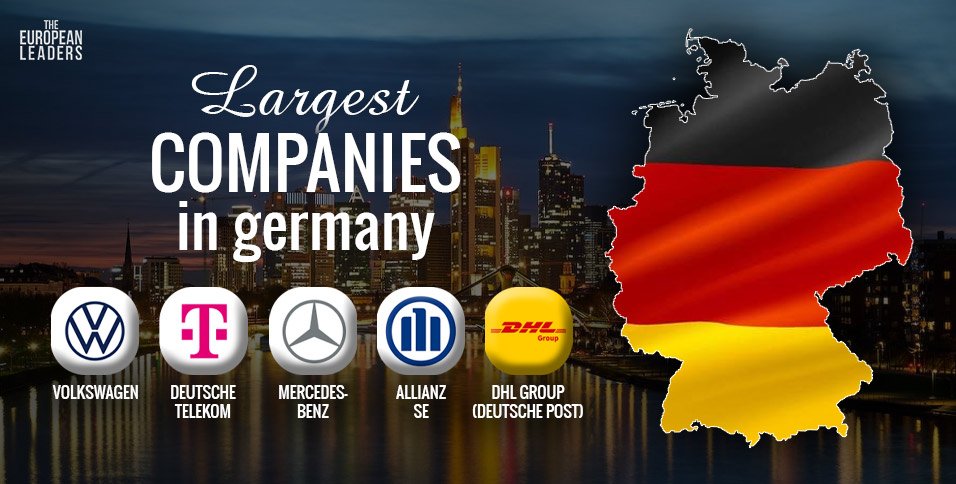The European Leaders
15 April 2025
Wolfsburg – A new industrial shake-up is brewing in Brussels and this time, it’s carbon fibre in the firing line. The proposed Carbon Fibre Ban in Europe could rewrite the future of automotive, aerospace, and green energy sectors as we know them.
As EU regulators sharpen their focus on environmental and health risks tied to vehicle disposal, businesses and investors are left wondering: is this the end of carbon fibre in cars?
A Material Once Celebrated, Now Under Fire
Carbon fibre has long been the darling of engineers — feather-light, exceptionally strong, and central to the rise of electric vehicles and high-performance machines. But its glittering image is facing scrutiny.
Under the European Union’s draft revision of the End-of-Life Vehicles (ELV) Directive, carbon fibre could soon be classified alongside lead and mercury as a hazardous material. That’s not just policy posturing; it’s a regulatory muscle that could trigger a phased ban by 2029.
And this wouldn’t be just any ban. If passed, Europe would become the first region globally to blacklist carbon fibre on health and environmental grounds.
The primary concern? Fine airborne filaments released during recycling, could irritate the lungs, eyes, and even disrupt the sensors in recycling machines.
From McLaren to Mitsubishi: The Shockwaves Spread!
This isn’t merely a European dilemma it’s a global tremor. The EU accounts for a substantial share of carbon fibre consumption, especially in vehicles. Automakers like McLaren, BMW, Hyundai, and Tesla rely on it for building light, fast, and fuel-efficient models.
If Europe closes its doors to carbon fibre, the ripple effects will hit Asian suppliers — and hard. Japanese firms like Toray Industries, Teijin, and Mitsubishi Chemical control over half the world’s carbon fibre output. Already, these companies are seeing share prices wobble as investors brace for a long-drawn regulatory war.
A Collision Course with Industry
The economic fallout could be enormous. The global carbon fibre market, currently worth $5.5 billion, is expected to triple by 2035. A European ban could stall that momentum, throwing sand into the gears of the green transition just as industries lean into lightweight, low-emission design.
The automotive industry, in particular, will need to find new materials. But here’s the catch — alternatives like aluminium, glass fibre, and emerging nanomaterials may not match carbon fibre’s performance, potentially making vehicles heavier and less efficient. That’s especially troubling for electric vehicles, where weight means range.
| Impact Area | Details |
| Material Use | Forced phase-out of carbon fibre in EU vehicles by 2029, challenging lightweight design |
| Affected Automakers | Sports cars, supercars, premium EVs (e.g., McLaren, Tesla, BMW, Lucid) |
| Supply Chain | Disruption due to dominance of Japanese producers; potential cost increases |
| Market Value | $5.5B in 2024, projected $17B by 2035; significant economic risk to producers |
| Innovation | Increased R&D in alternative materials and recycling methods |
| Regulatory Scope | EU-specific but with global implications for automakers selling in Europe |
(Possibilities of Carbon Fibre Ban in Europe)
A Roadmap to Adaptation or a Dead End?
It’s not all doom and gloom. Innovation may yet win the day. Several firms are exploring recycled carbon fibre, which cuts emissions and energy costs by up to 95%.
Others are turning to thermoplastic composites, which are easier to recycle than traditional carbon fibre resins. Companies like Vartega and Lineat are leading the charge, giving new life to old fibres and lowering the industry’s environmental footprint.
There’s also talk of Galvorn, a carbon nanomaterial with the strength and conductivity of carbon fibre but made with greener credentials. If the ban passes, we could see a technological arms race to find the next carbon fibre just one that’s less toxic at its end-of-life.
Carbon Fibre Ban in Europe and Japan’s Strategic Crossroads
For Japan, this isn’t just a trade issue it’s an industrial identity crisis. A sudden drop in carbon fibre demand from Europe could destabilise one of its most high-tech export sectors. The knock-on effect might extend to aerospace and renewable energy industries, further dampening growth.
Expect Tokyo to respond not with resistance, but with reinvention. Policymakers may bolster R&D incentives, fast-track green materials research, and push diversification of carbon fibre usage into less-regulated markets.
The Legislative Horizon
Let’s be clear: this ban isn’t set in stone. The draft still needs to navigate the complex corridors of the European Parliament, Commission, and Council. There will be fierce lobbying, particularly from carmakers and aerospace giants who face enormous redesign costs if it goes through.
But the direction of travel is obvious. As Europe reimagines its industrial policies through a green lens, materials once seen as futuristic could fall out of favour if they fail the recyclability test.
Final Thoughts: A Test Case for the Circular Economy
The carbon fibre ban in Europe is more than a regulatory footnote it’s a litmus test for the circular economy. Can industry innovate fast enough to comply without collapsing under the weight of new rules? Can policymakers walk the fine line between environmental responsibility and industrial competitiveness?
If history is any guide, Europe’s green ambitions often set the tone for global standards. And if carbon fibre is indeed outlawed in new vehicles, it won’t be long before other economies follow suit — reshaping the future of mobility, manufacturing, and material science.
For now, businesses must brace for impact and start investing in what comes next.








